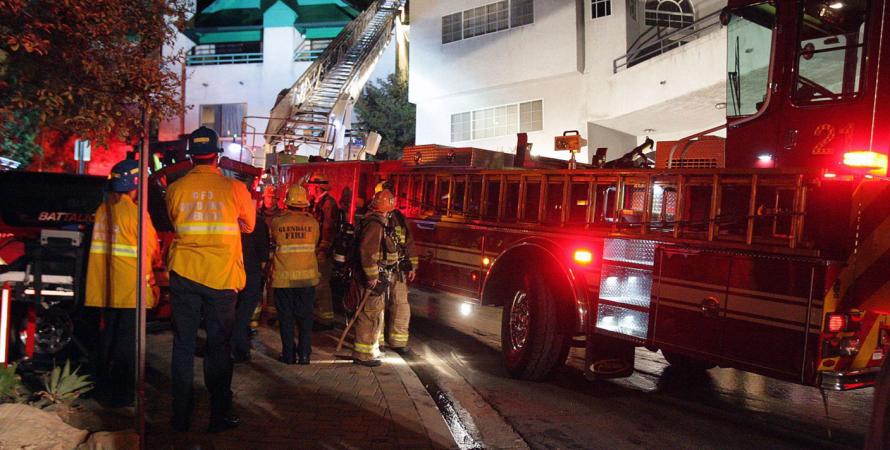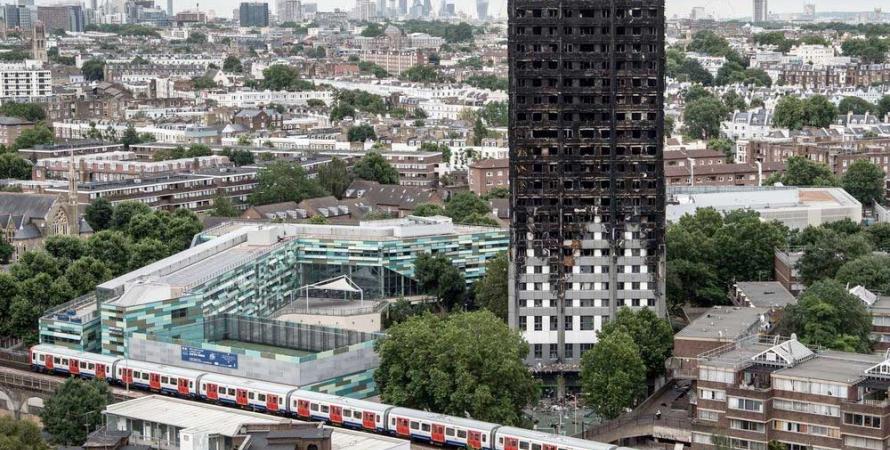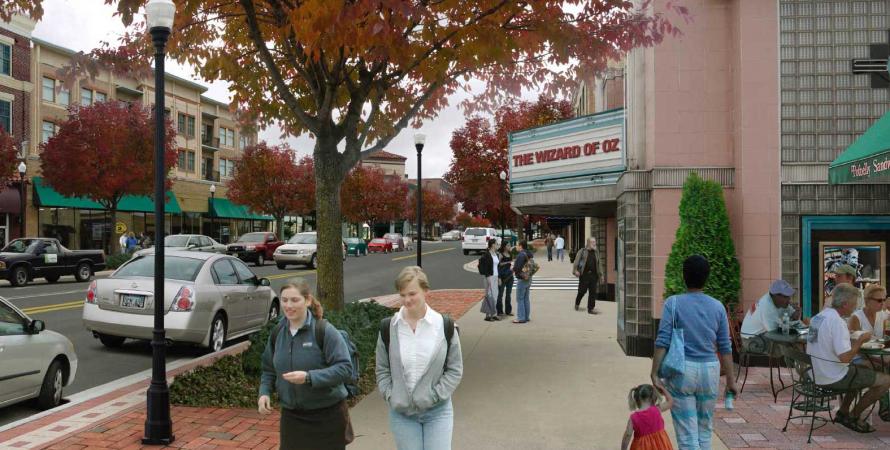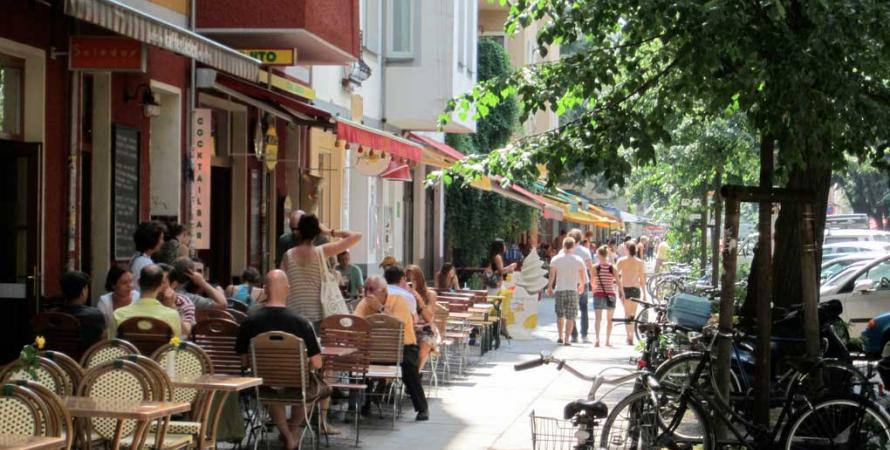-

Safe streets and the fire service conflict
It’s time for the fire service to become an active partner in overall public safety.On a warm day in 1971, I was on my way to the local bodega near my home on 79 th Street in New York City when I saw a ladder truck stopped next to the store. A few of the fire fighters were hanging around with sour looks on their faces. The radio was squawking away and they were listening intently...Read more -

How (lack of) streets contributed to the London tower tragedy
There are no adjacent streets, and fire engines had a difficult time reaching the building. It wasn't always this way.Did anyone notice how virtually all of the news images and videos of the recent fire disaster at Grenfell Tower in London were shot from some distance or from the air? There were no views from adjacent streets. This wasn’t just because of public-safety reasons, but something more fundamental: There...Read more -

Loneliness, urban design, and form-based codes
A remarkable and growing body of literature is telling us that healthy communities need face-to-face interaction among their members, something that electronic media cannot replace. Physical places enable or prevent that interaction.Humans are social, yet this primary fact of life is oddly absent as a core consideration in modern urban development regulations. To ignore the social needs of our species is to lose sight of one of the most positive drivers for shaping sustainable urban form. Providing for the satisfactions of...Read more -

The skinny on healthy neighborhoods
People tend to get more exercise, leading to a powerful salutory effect on health, in neighborhoods with four characteristics.Scientists are learning more and more about how where we live affects the amount of exercise we get, and thus how fit and healthy we are likely to be. In general, city dwellers are particularly well placed to get regular exercise if they can take care of some or all of their daily errands without...Read more